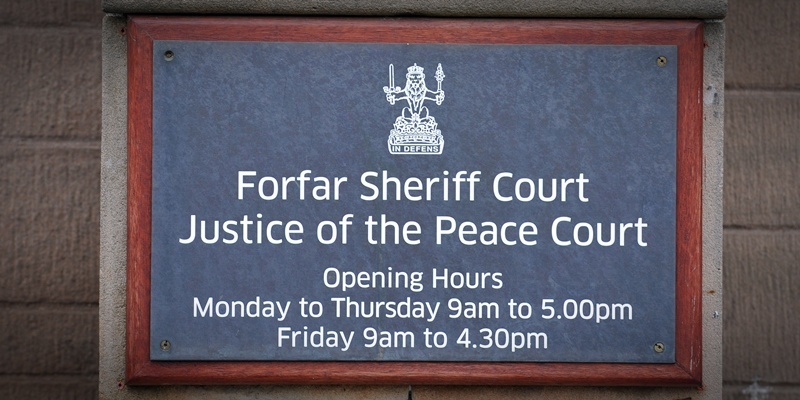Staff working in the criminal justice system have shared their fears that closing sheriff courts will hit society’s most disadvantaged.
Court staff, civil servants, volunteers and members of the Crown Office, Procurator Fiscal Service and Scottish Prison Service were invited to air concerns about plans to reform Scotland’s courts in May and June.
The Scottish Court Service (SCS), which has drawn up controversial plans to axe Cupar, Forfar and Stonehaven sheriff courts plus Kirkcaldy’s justice of the peace court, has published the results of the consultation.
Travel to court ”stirred the most heated concerns”, said the report.
It said: ”The police and social work departments would also be affected, as would the prisoner escort services.
”The most serious concern, however, was that those most affected would be the most disadvantaged of court users who had little means, and may be in a vulnerable state.
”Increased travel distance had consequences beyond the mere cost of travelling. There were the practicalities the impossibility in many areas to travel to and from a certain location by public transport in a single day.”
Respondents said increased travel ”would simply transfer costs” to litigants, accused, victims, witnesses and jurors. They also highlighted the potential for legal aid costs to increase.
Plans to reform the courts service follow the Scottish Government’s decision to cut the SCS budget by £52.3m over four years.
While reducing the number of High Court venues to three was ”generally uncontroversial”, centralising sheriff courts has proved to be a more complex issue.
Among the other main concerns were capacity and impact on the local economy.
The report went on: ”The presence of a court in a local community had an impact on the local economy. The consequences for such economies were a court to be closed should be taken into account in any consideration.”
One way of addressing the capacity issue is reducing the demand for court services, and the report said: ”In civil matters the aim should be to move away from the current default position of litigating.
”Greater use of mediation and alternative dispute resolution should be encouraged, and introduced as a compulsory step before proof was allowed.
”Fundamental changes should be made to the type of business that finds its way before a court, and to the procedural devices employed to manage that business when it gets into the system.”
